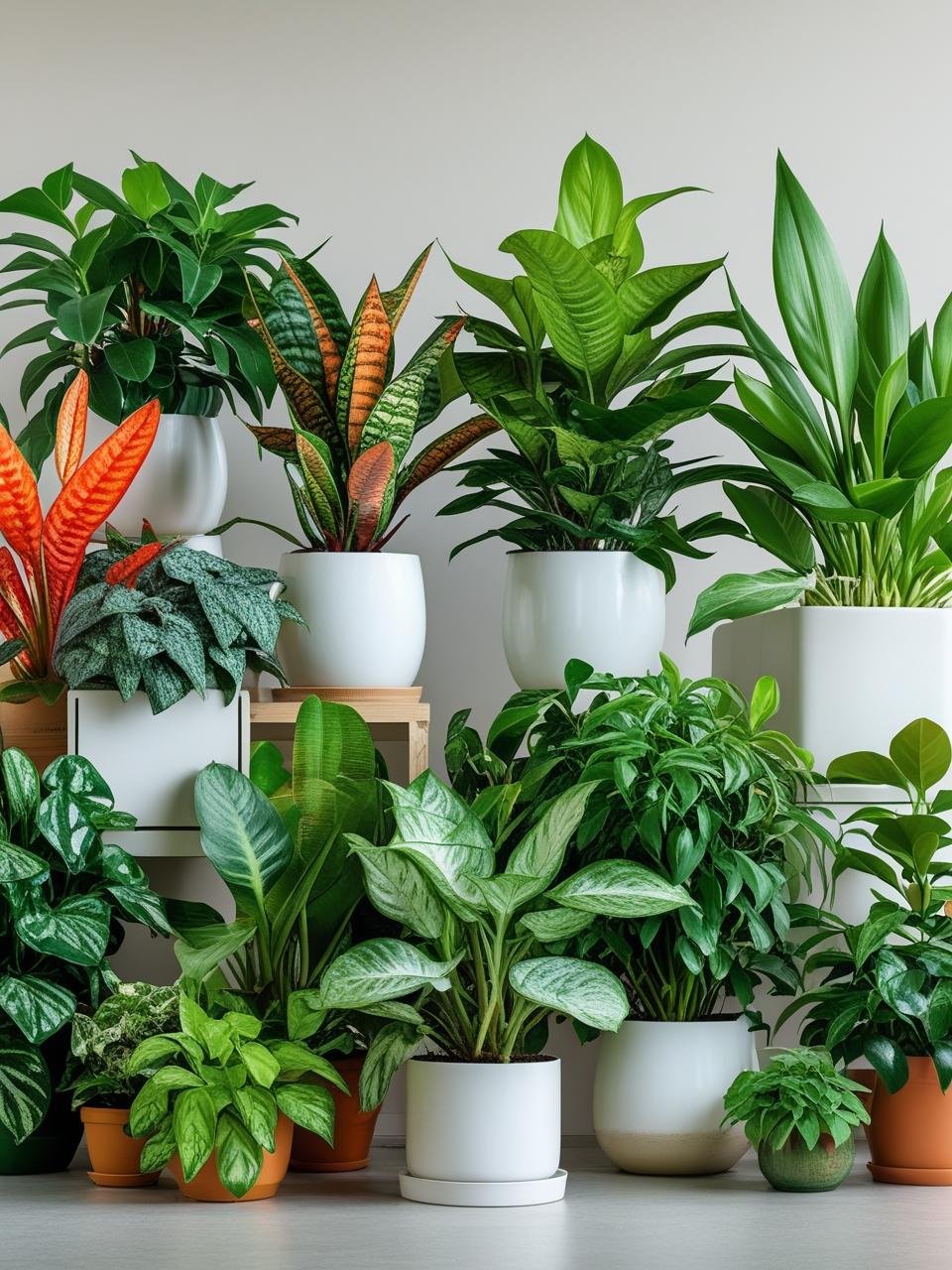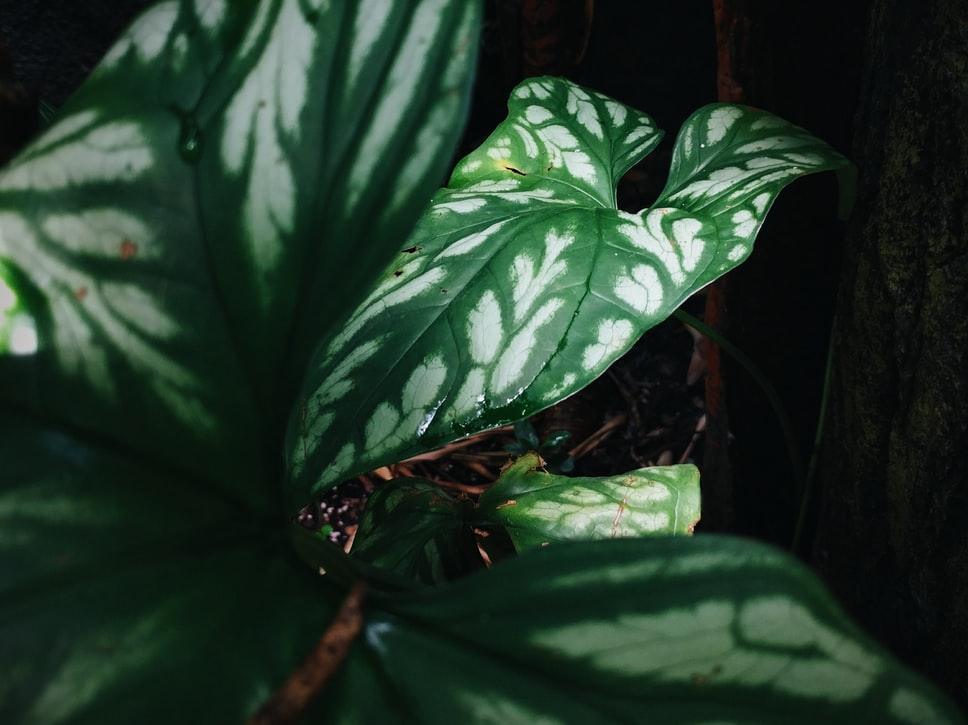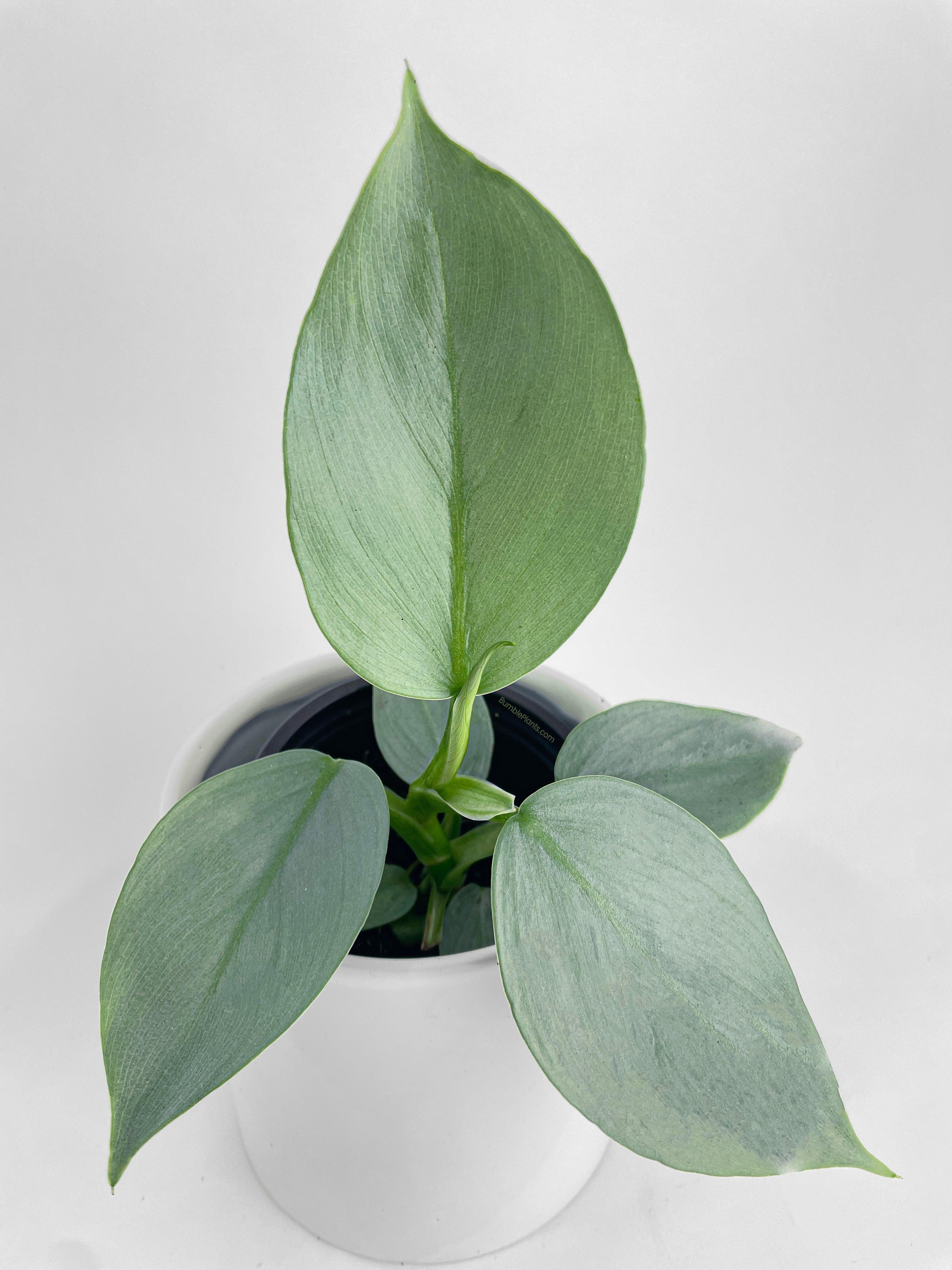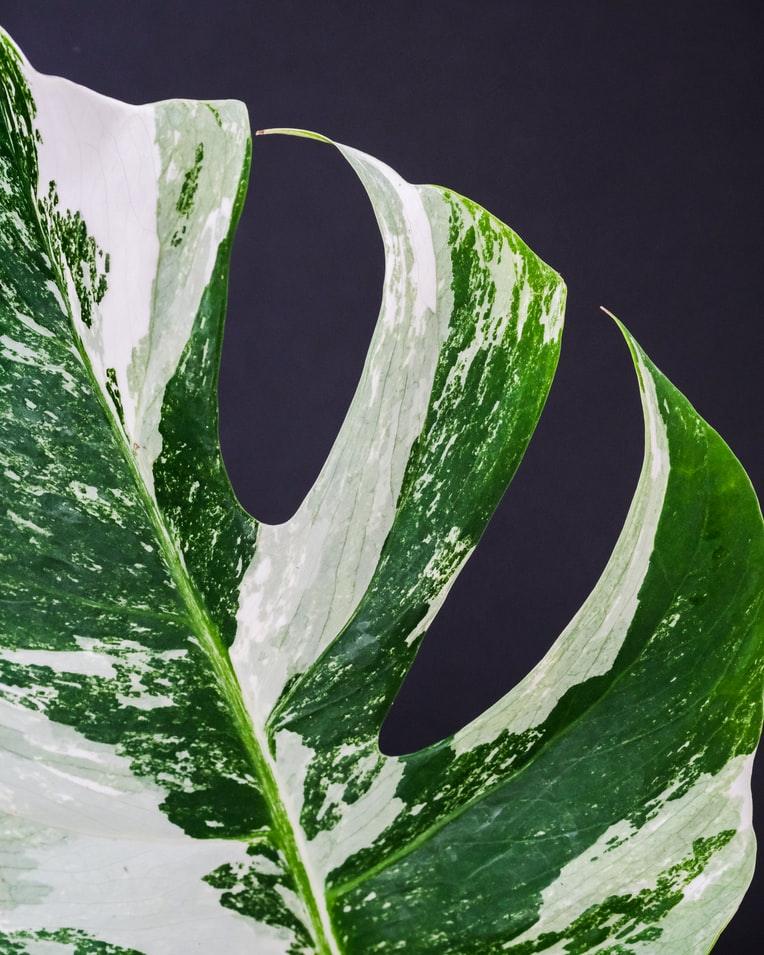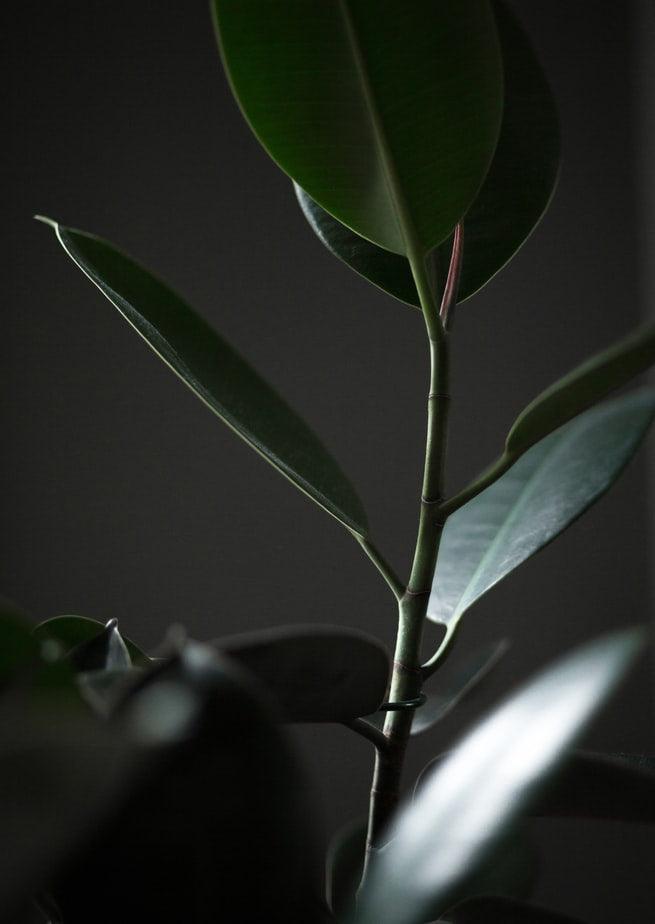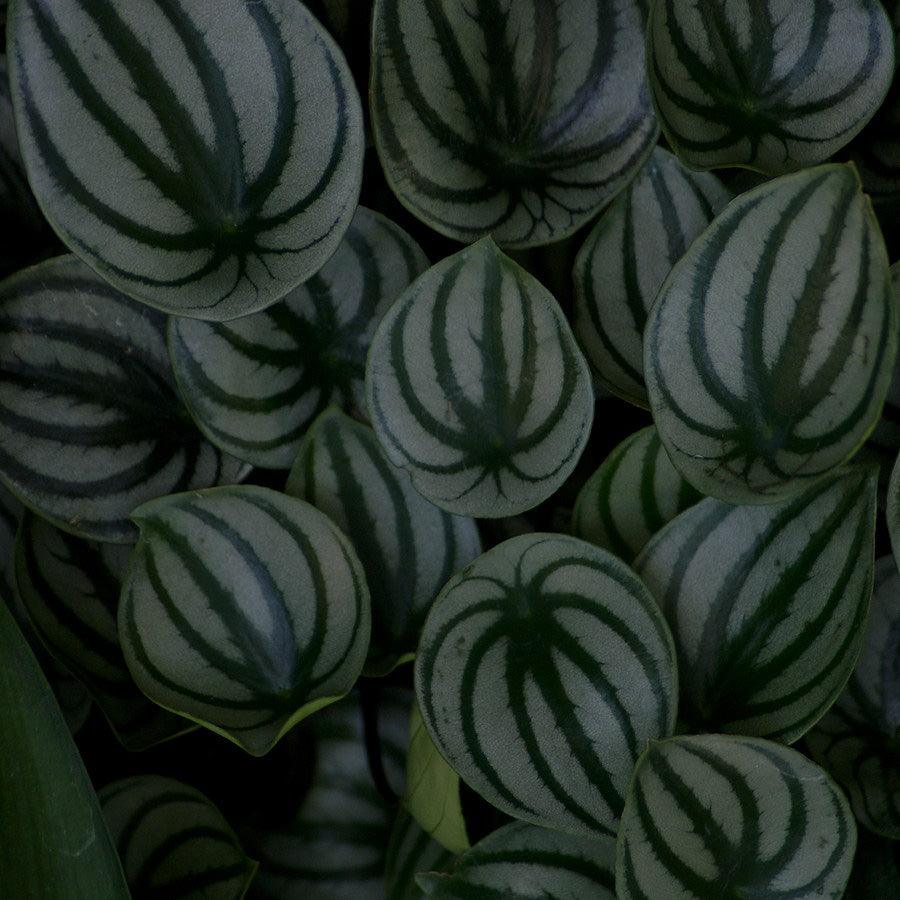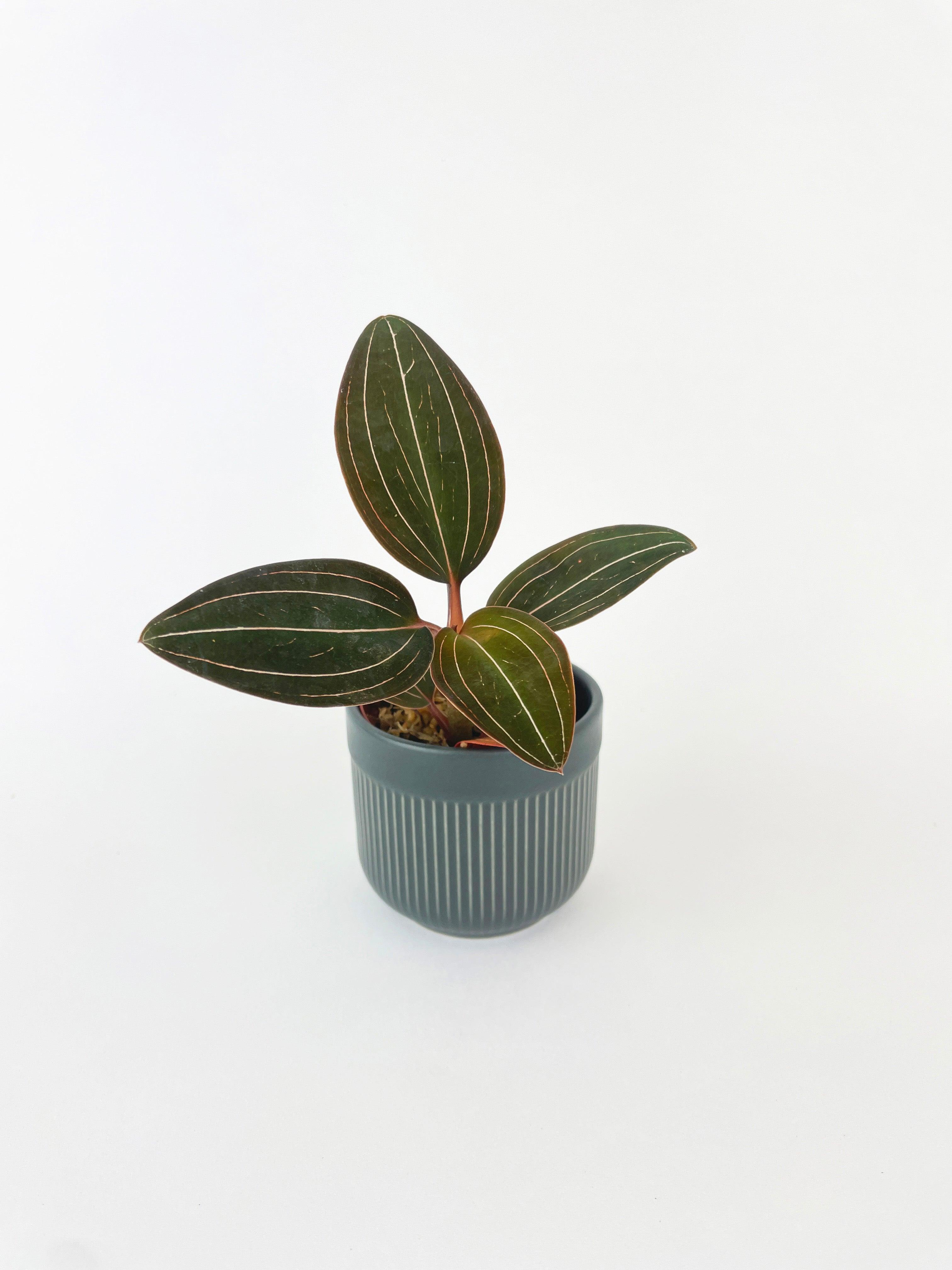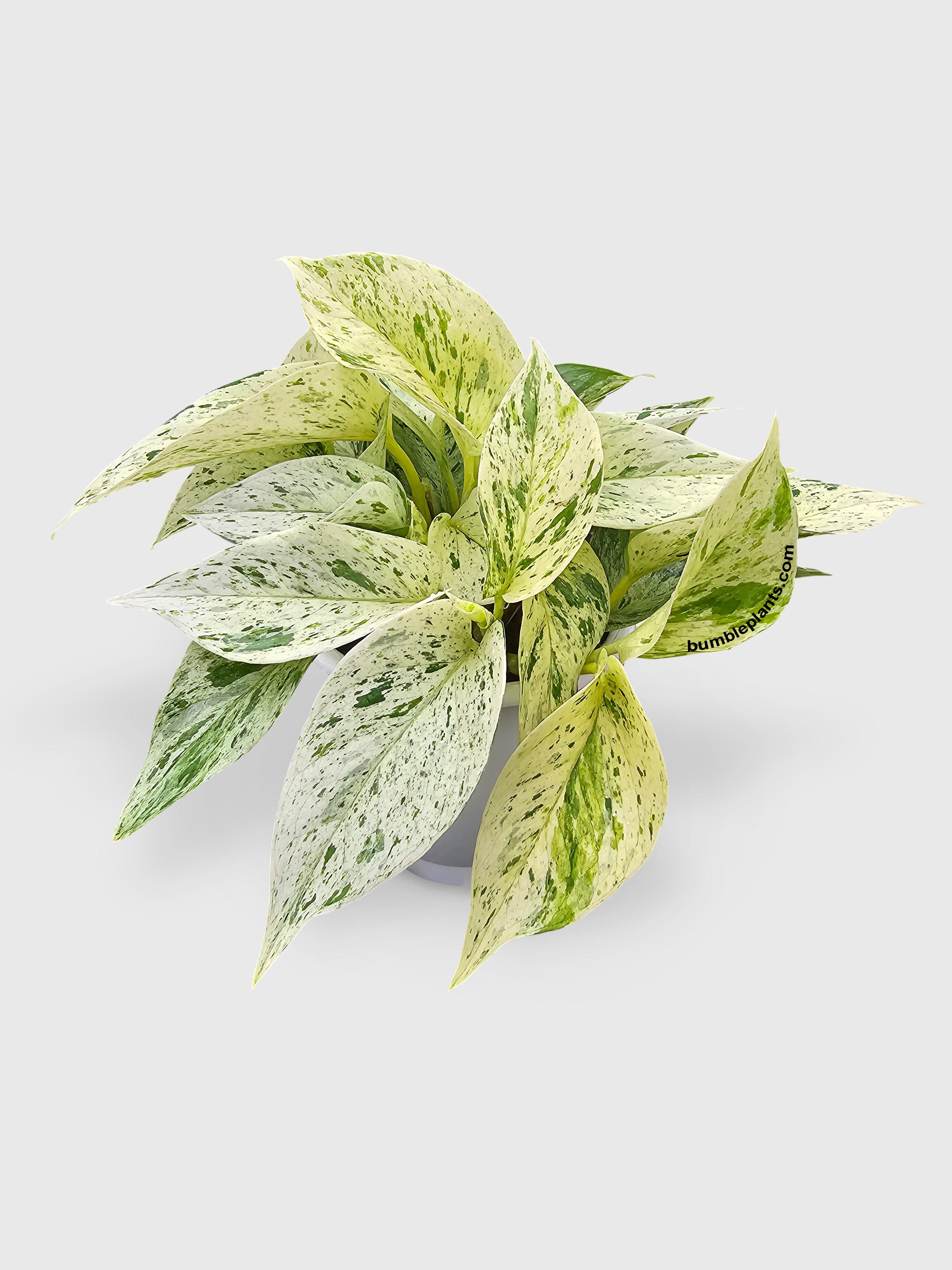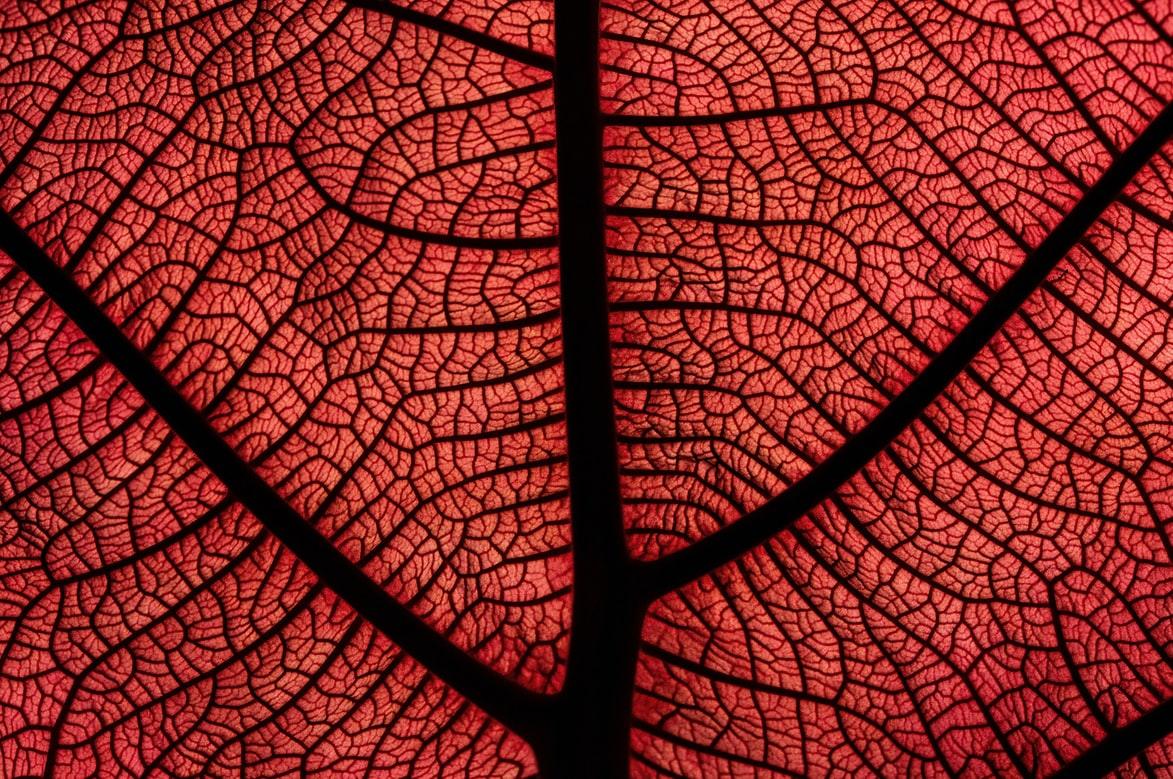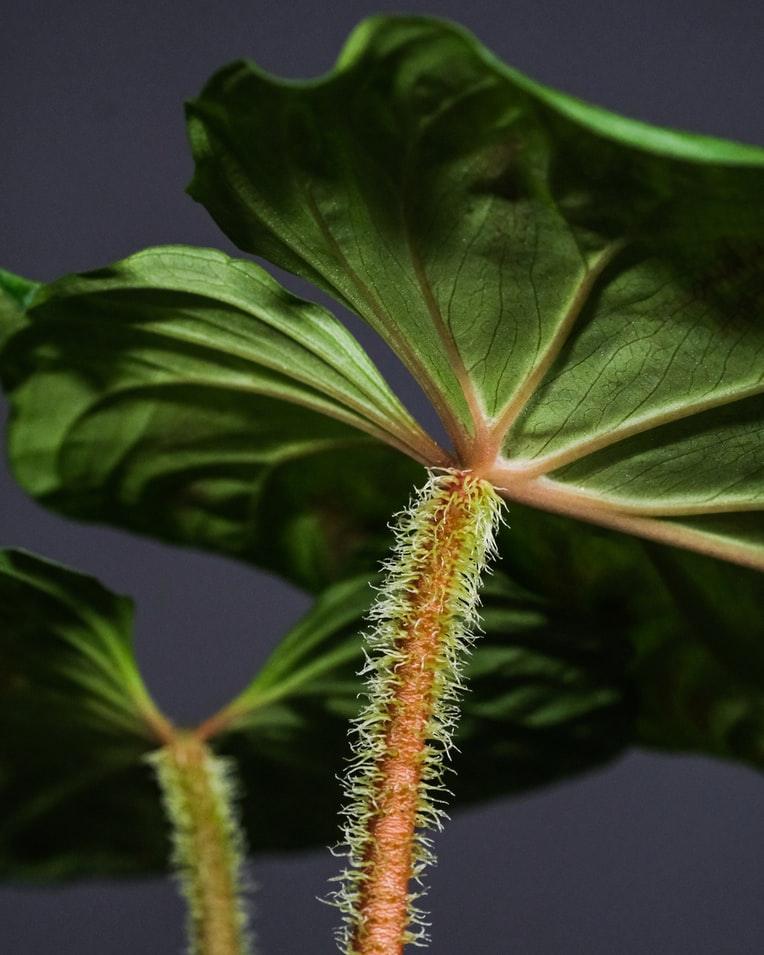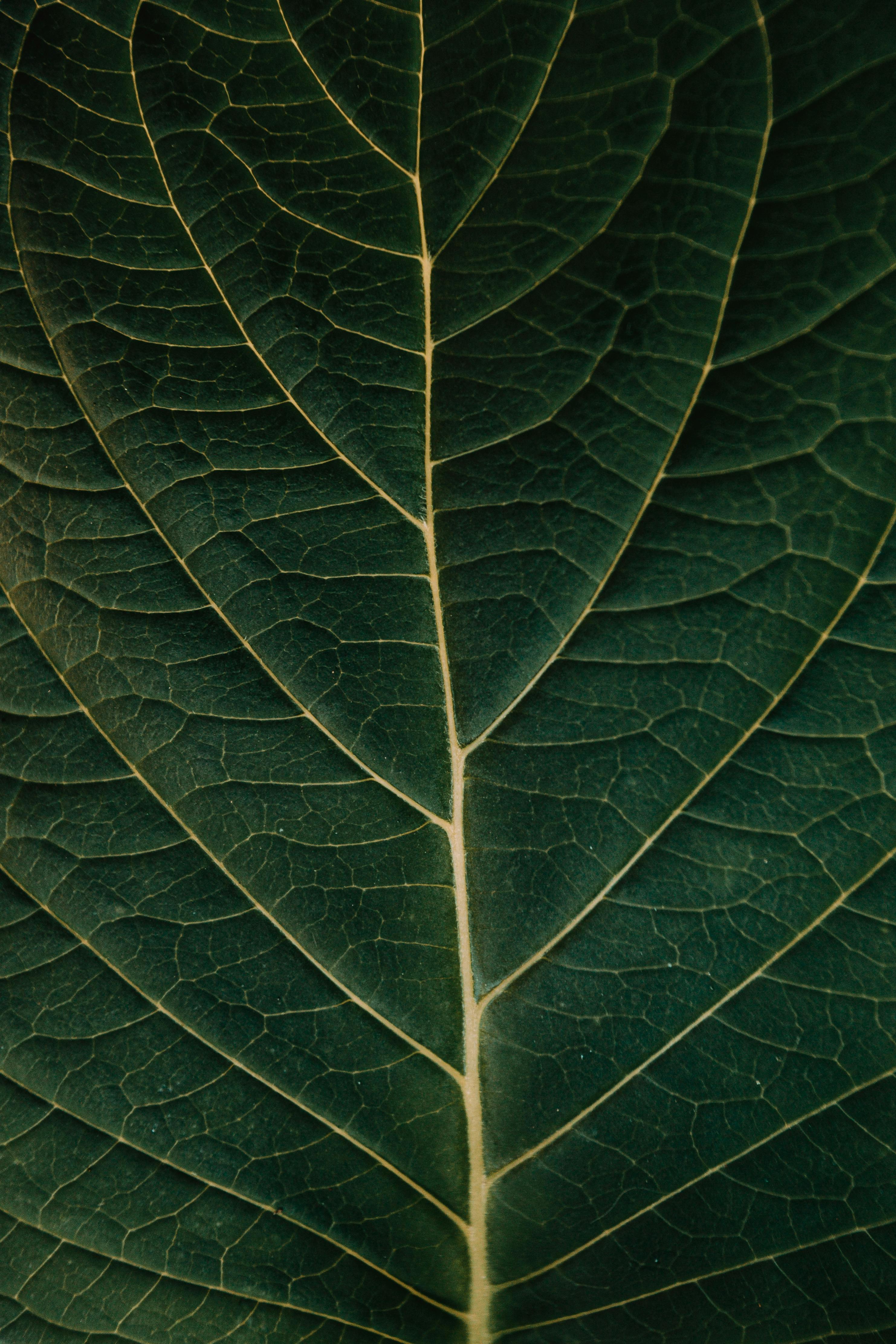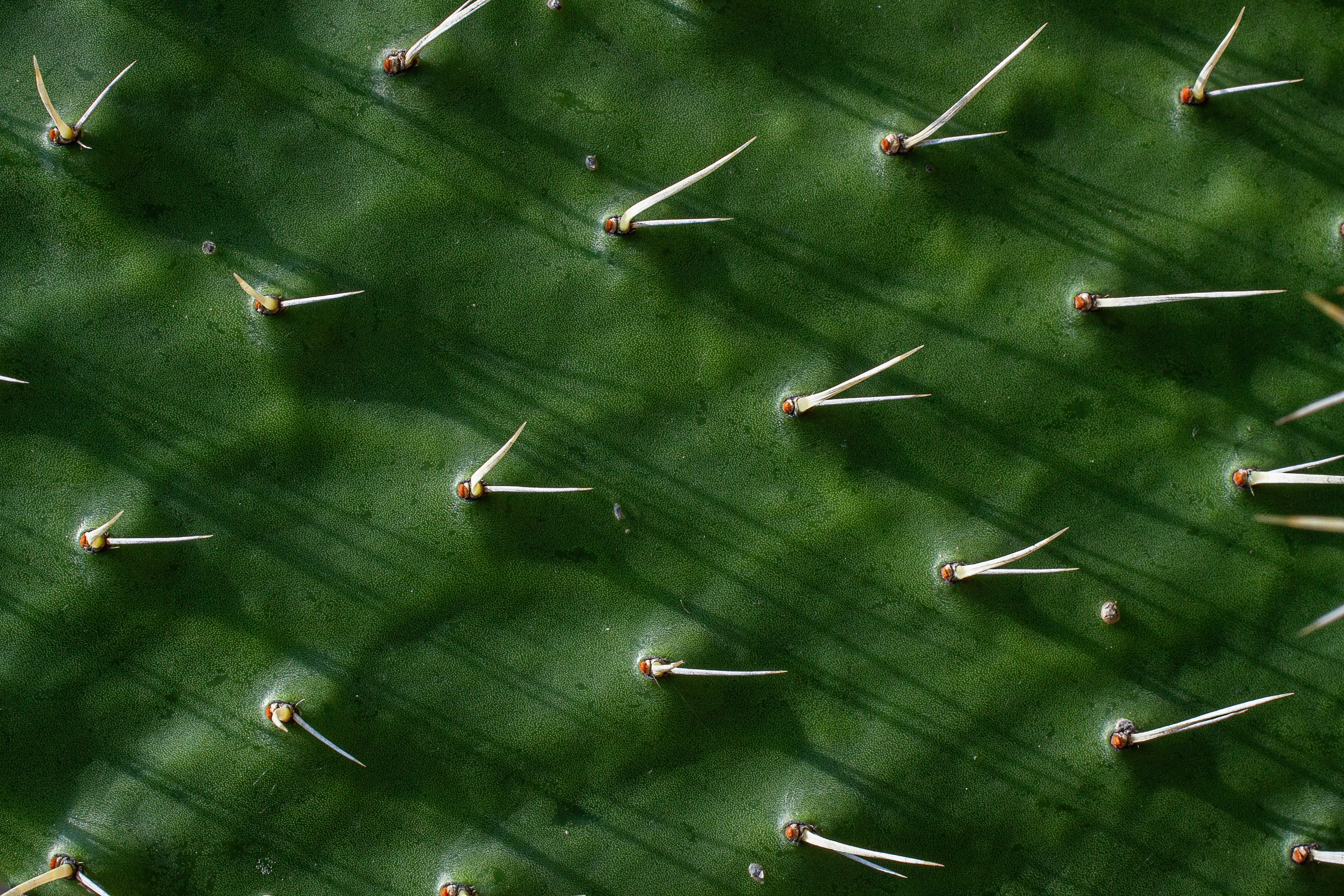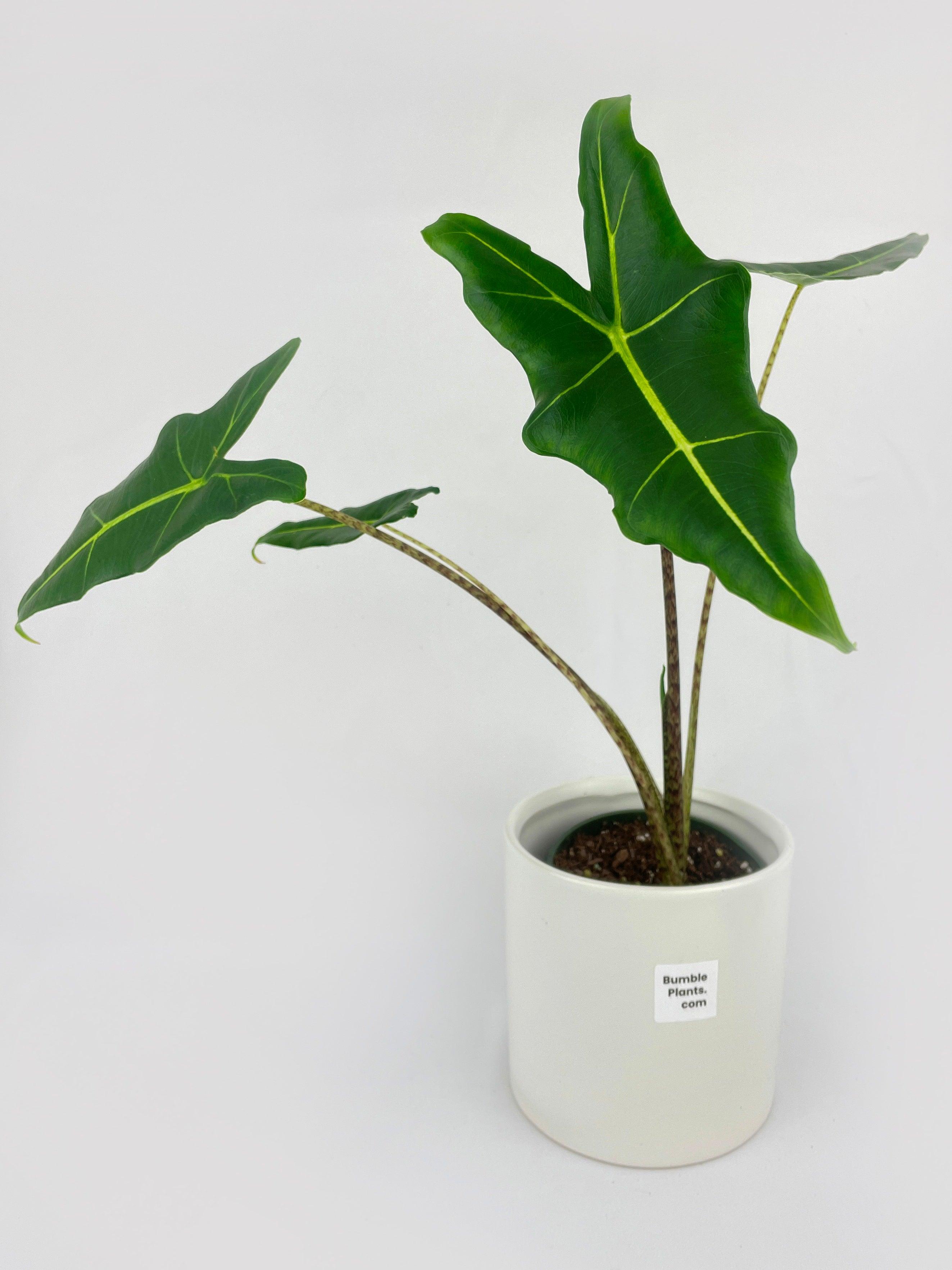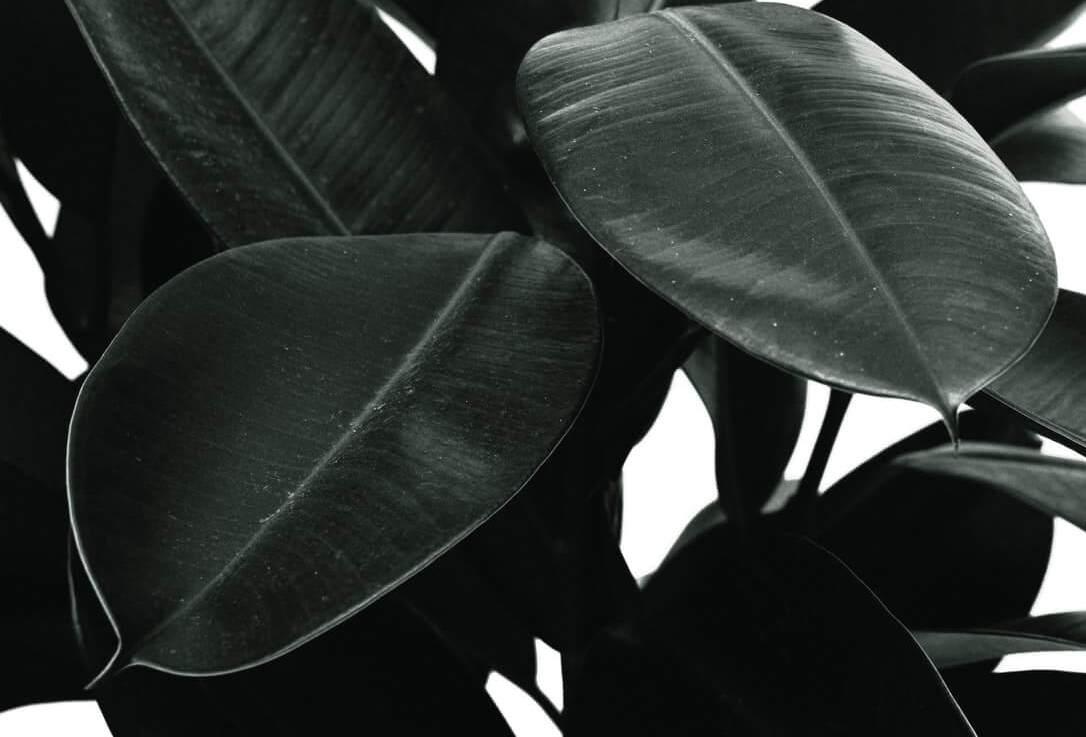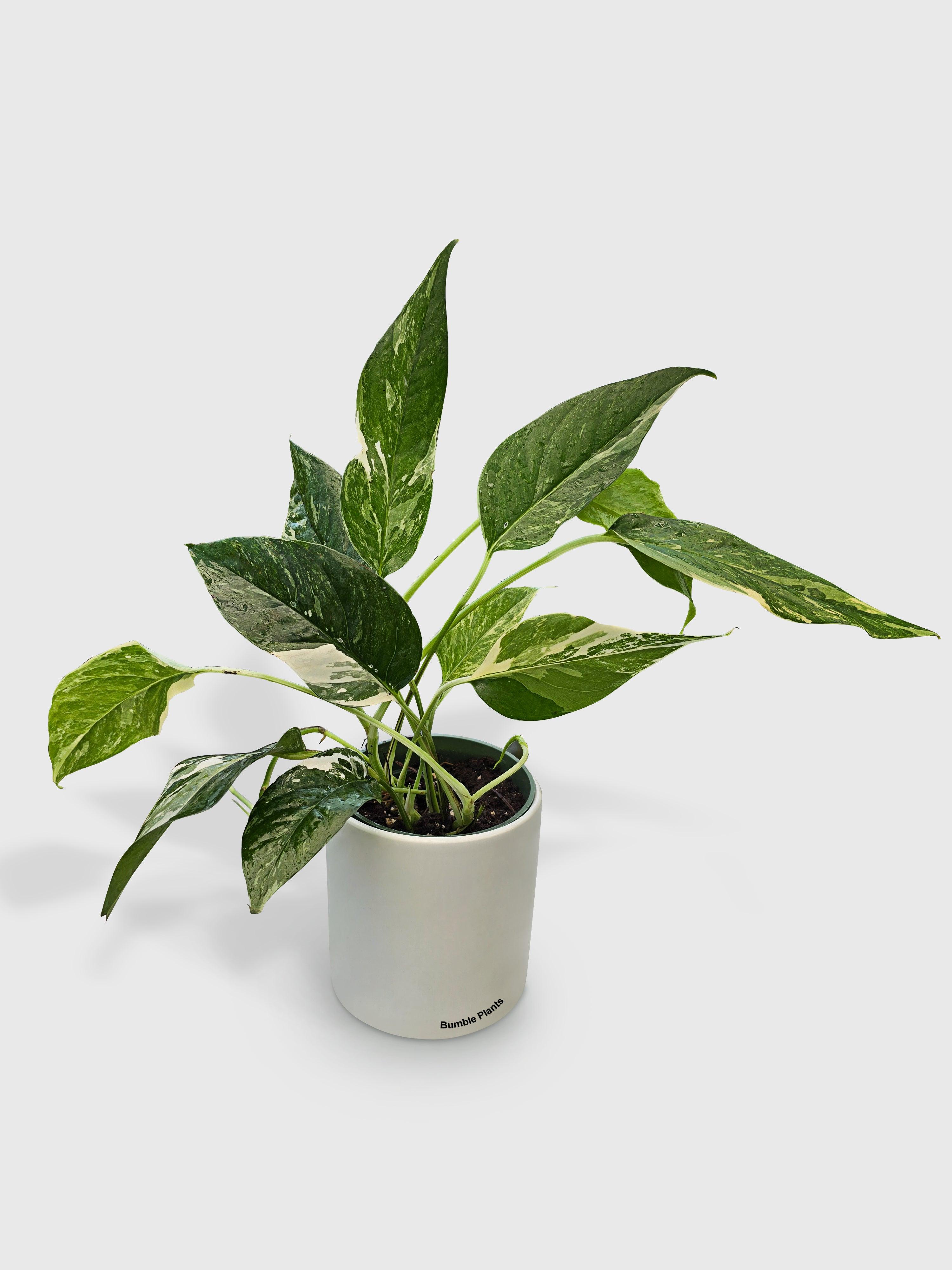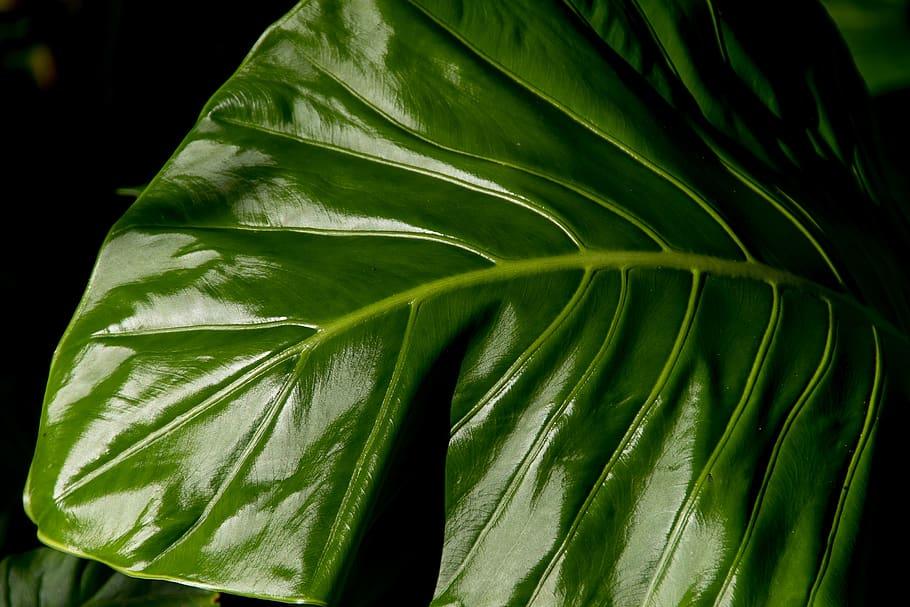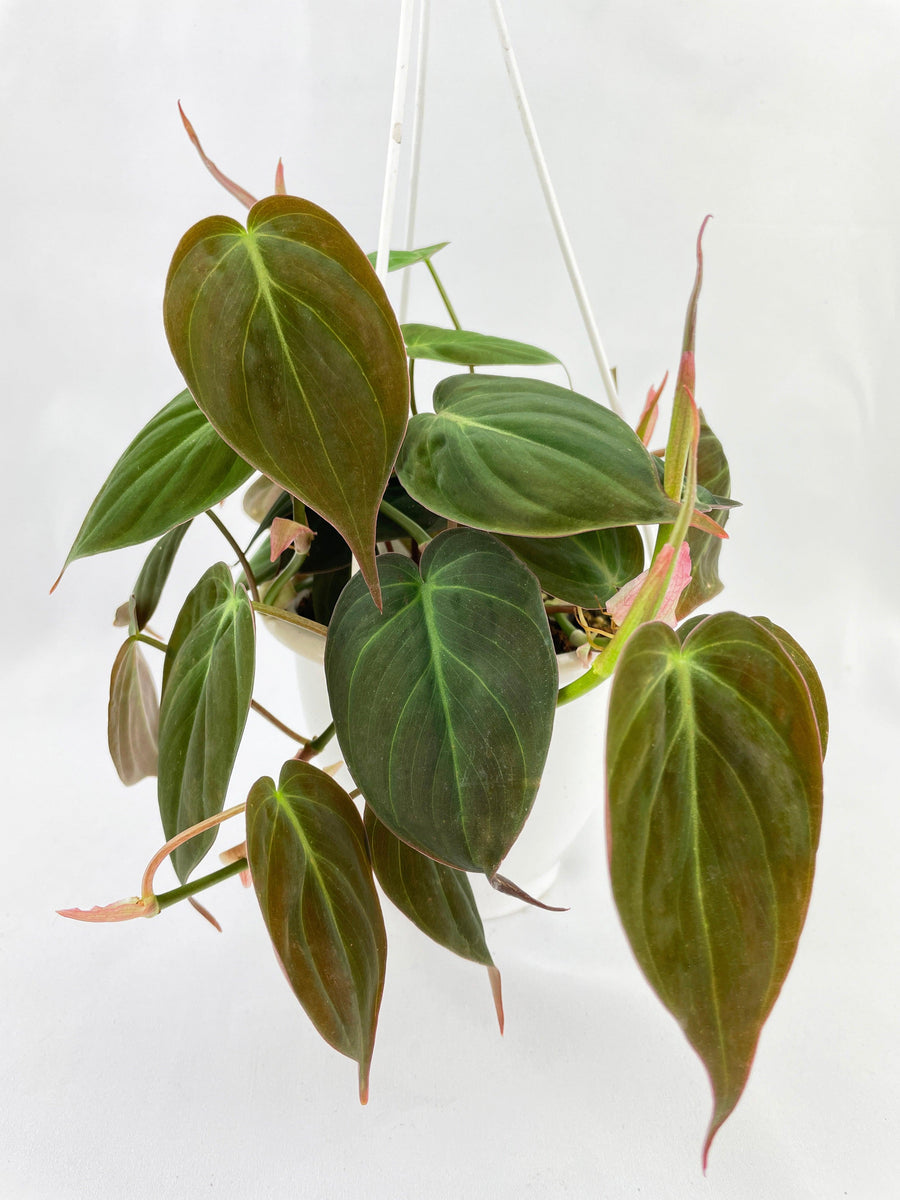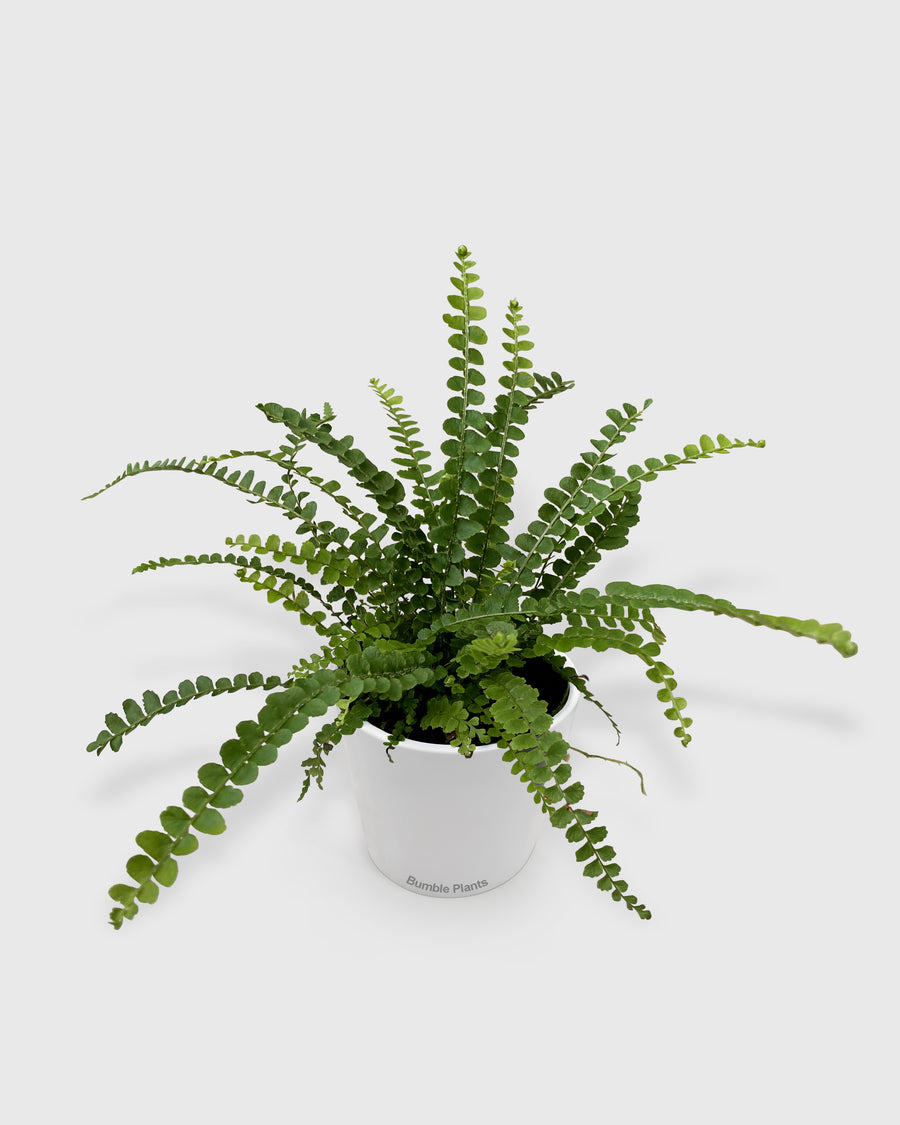Pruning and Trimming: How to Maintain Plant Shape
Pruning and trimming might sound like just fancy words for cutting plants, but they're really important for keeping your plants happy and healthy. Think of them as a haircut for your garden. When you prune, you're getting rid of dead or sick parts of a plant to help it grow better and stay strong. Trimming is more about making your plants look good, shaping them so they fit nicely in your space and don't get too wild.
It's like helping your plants put their best leaf forward. A well-trimmed plant gets more sun and air, which keeps it healthy. And by pruning away the bad bits, you're making sure that the rest of the plant can grow without any trouble. So, grab your garden shears, because we're about to dive into why giving your plants a little snip-snip is a big deal for your garden.
Understanding Pruning and Trimming of Plants
Pruning and trimming are two garden tasks that help plants look and live better. Pruning is when you cut away dead or overgrown branches or stems. This helps the plant focus its energy on growing stronger and producing more flowers or fruits. It's like removing the bad to make room for the good.
Trimming, or shaping, gives your plants a tidy look and controls their size so they don't take over the space.
The goals of pruning and trimming are all about keeping your garden in top shape. When you prune, you're making sure that the plant's energy is used in the best way possible, leading to more blooms and a healthier life. Trimming shapes your garden so everything looks neat and fits well together, like pieces of a puzzle.
Pruning and trimming also play a big role in keeping your plants healthy. By cutting back certain parts of a plant, you can help prevent diseases from spreading. It also helps the plant breathe and soak up sunlight, which are key to a plant's health. When you get the balance right, your plants don't just survive; they thrive, showing off their best shapes and colors.
The Impact of Pruning on Plant Structure
Pruning is not just a cosmetic practice; it's a vital part of plant care that significantly impacts a plant's growth, form, and overall health. When you prune a plant, you're guiding how it grows and ensuring it has a strong structure.
How Pruning Influences Plant Growth and Form
When you remove parts of a plant through pruning, you're telling the plant where to direct its energy. For example, cutting back the branches of a tree can lead to a more beautiful trunk and allow light to reach the ground, helping other plants grow too, as seen with optimal pruning for live oaks. This strategic cutting can also help establish a robust branch structure, which is crucial for a plant's longevity and fruit production.
The Physiological Effects of Pruning on Plant Development
On a physiological level, pruning can have a profound effect. For mature trees, removing more than 10% of the foliage can be harmful, but younger trees can handle more aggressive pruning. This careful management helps maintain the health of the tree by preventing overgrowth and ensuring that the tree doesn't expend energy on unnecessary or unhealthy branches.
The Long-Term Benefits of Strategic Pruning for Structural Integrity
In the long run, strategic pruning secures a plant's structural integrity. Regular pruning, done at the right time, supports healthy growth patterns and can even influence the microbial community in the soil, which in turn supports the plant's health and development. For instance, pruning during a tree's dormant season can minimize the impact on its growth and structure, setting the stage for a burst of healthy growth in the spring.
Common Types of Pruning
In the world of arboriculture and gardening, pruning is an essential practice that ensures the health and aesthetics of plants and trees. There are several common types of pruning, each with its specific goals and techniques:
Thinning: Enhancing Light Penetration and Reducing Plant Density
Thinning is a selective pruning method used to remove excess branches and foliage. This process allows more light to penetrate the canopy and improves air circulation throughout the tree. It can help prevent disease by reducing the density of the plant, which discourages the moist, still conditions that many pathogens thrive in. Corrective pruning often involves thinning to improve tree structure and health.
Topping: Controlling Plant Size and Encouraging New Growth
Topping is a more drastic form of pruning where the top part of the tree is cut off to reduce its size. While this method is sometimes used in urban landscapes to keep trees within confined spaces, it's generally not recommended by arborists as it can lead to poor tree health and structure. Instead, pollarding is a preferable technique for maintaining trees in restricted spaces, offering a more controlled and sustainable approach to managing tree size and growth.
Raising: Creating Clearance for Underplantings or Pathways
Raising involves pruning lower branches to provide clearance for pedestrians, vehicles, or to enhance the visibility of signage or other landscape features. It's also done to allow light to reach the ground level, promoting the growth of grass and other plants under the tree.
Tools of the Trade: Pruning Equipment Essentials
Gardeners and arborists alike understand that having the right tools is crucial for proper plant maintenance. Here's an overview of the most recommended pruning tools, their selection importance, and care tips.
An Overview of Pruning Tools
Pruners are the quintessential tool for any gardener, designed for precise cutting to promote healthy plant growth. The top reviews from the United States on platforms like Amazon often highlight the effectiveness of high-quality pruners for tasks such as trimming roses, hydrangeas, and various shrubs.
For larger branches, saws are indispensable. Walmart's selection, including mini chainsaws and pruning saws with guide plates, receives high marks for garden pruning and wood log cuts. These tools are particularly useful for thicker branches that require more effort to cut.
The Importance of Selecting the Right Tool for the Job
Choosing the right tool is not just about effectiveness but also about plant health. For example, Virginia Cooperative Extension emphasizes the importance of using clean, disinfected tools to prevent the spread of disease when pruning evergreen trees.
The Almanac lists essential garden tools, including hand pruners, as a top necessity. Similarly, Tom's Guide rates various pruning shears, highlighting the importance of ergonomic design and durability. Gardeners World and YouTube reviews provide insights into the best buys for specific pruning needs, from secateurs for delicate work to electric shears for more demanding tasks.
Care and Maintenance of Pruning Equipment
Proper care of pruning tools extends their life and ensures they are ready for use. This includes regular cleaning, disinfecting with rubbing alcohol between cuts to prevent disease spread, and sharpening to maintain a clean cut. Storage is also crucial; tools should not be piled on top of each other, and edged or pointed tools should be stored safely to avoid accidents. For electric tools, always disconnect the power when changing blades or performing maintenance.
Trimming vs. Pruning: Understanding the Difference
Tree care is an essential aspect of landscape maintenance, but it's important to understand the specific practices involved. Tree trimming and pruning, while often used interchangeably, serve different purposes and are applied in various scenarios.
The Main Differences Between Tree Trimming and Pruning
Tree Trimming is generally focused on shaping the tree to maintain a desired aesthetic or to prevent branches from reaching unwanted areas, such as power lines or buildings. It involves cutting small, excess branches and foliage, as described by A Complete Tree Care. This practice is often performed regularly to ensure the tree's shape and appearance are maintained.
Tree Pruning, on the other hand, is a more selective process aimed at the health of the tree. It involves removing branches that are dead, diseased, or damaged, as Lawn Love points out, to prevent the spread of decay and to encourage correct growth patterns. Pruning can also involve the removal of watersprouts to improve the tree's structure and prevent future damage, as noted by Arborist Now.
Situations Where Trimming is Preferred Over Pruning
Trimming is typically preferred when the goal is to maintain the landscape's aesthetic or when immediate safety concerns necessitate cutting back branches from structures or utility lines. For example, in Nassau and Suffolk Counties, Cheap Charlie's Tree Service highlights the importance of regular trimming to keep trees looking their best and safe in residential and commercial settings, as echoed on LinkedIn.
The Role of Each Practice in Maintaining Plant Health and Aesthetics
Both practices play a vital role in plant health and aesthetics. Trimming can help prevent overgrowth that can lead to disease and structural issues, while pruning is crucial for removing potentially harmful elements from the tree and promoting healthy growth. Limbwalker Tree Service advises that sometimes the decision between removal and pruning can be complex, and professional advice may be necessary to decide the best course of action for a declining tree.
Understanding the differences between these two practices ensures that trees are cared for correctly, which helps maintain their health and beauty while ensuring they remain an asset to the environment and local ecosystems.
Conclusion
Summary of Key Points
- Distinction Between Trimming and Pruning: Trimming primarily deals with maintaining a tree's aesthetics and preventing overgrowth, while pruning focuses on the tree’s health by removing dead or diseased branches and promoting proper growth.
- Importance of Correct Techniques: Proper pruning techniques are essential to avoid large wounds that can harm the tree, as per the advice from Virginia Cooperative Extension. This includes practices such as crown thinning, which should be done carefully to maintain the tree's structure and health.
- Safety and Equipment: Champion Tree emphasizes the use of appropriate safety equipment and tools during the pruning process, highlighting the role of regular maintenance in creating a safer environment.
- Seasonal Considerations: The Old Farmer's Almanac and other sources note the benefits of pruning during the dormant months to encourage healthy growth and flowering for the next season.
- Growth Control: Pruning in the summer can be strategic for controlling growth, as it slows down the development of the pruned branch, which can be beneficial for shaping the tree.
Final Thoughts on the Importance of Proper Pruning and Trimming Techniques
The practice of pruning and trimming, when done correctly, is not just a matter of aesthetics but is integral to the health and longevity of trees. It requires an understanding of tree biology and the application of expert techniques to ensure that trees continue to thrive in their environment. As A Complete Tree Care and Manatal emphasize, the perfection of pruning lies in the technique, which should aim to minimize damage while maximizing the tree's natural potential.
Professionals in the field, such as those listed on LinkedIn and Manatal, often possess the profound knowledge and expertise necessary to execute these tasks effectively. For the non-professional, understanding the basics and following general tips, like those from Be.Green on flowering plants or Microsoft's analogy on text trimming, can help maintain the health and beauty of their plants.
In essence, whether it's for the structural integrity, health, or beauty of the plant, proper pruning and trimming are indispensable elements of tree care. They are not just routine gardening tasks but are practices that require thoughtful consideration and respect for the living organisms that are trees.


